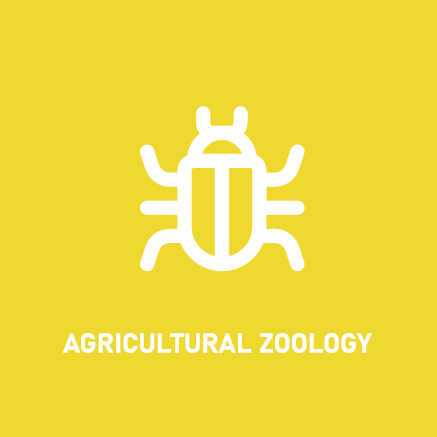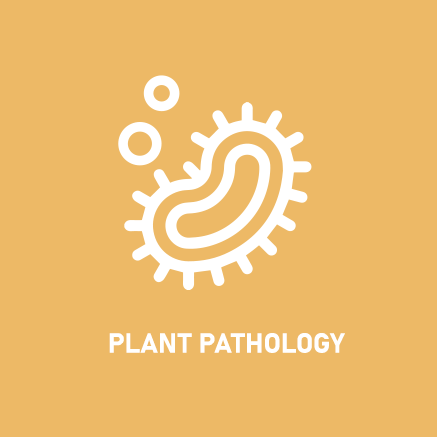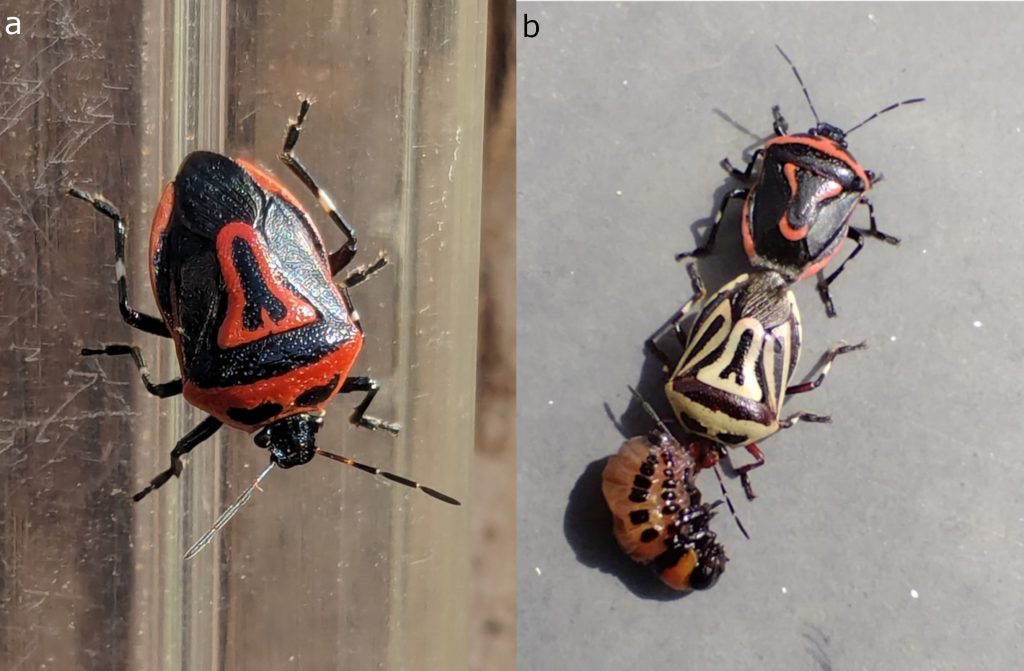In Autumn 2023 the North American predaceous stink bug species, the two-spotted stink bug had been recorded for the first time in Hungary. The species is known as an effective biocontrol agent of the Colorado potato beetle, and attempts on the rearing and implication in pest biocontrol were made between the 1930s and the 1980s throughout Europe, e.g., in France, Italy, Hungary or the countries formerly belonging to Czechoslovakia, Yugoslavia, and the USSR. These efforts were deemed to be unsuccessful and scientists attributed this first to climatic conditions and later to the asynchronous lifecycle of predator and prey in Europe. More recently results of faunistic surveys revealed the survival of small populations of the two-spotted stink bug in the Balkans Peninsula, Türkiye, and north of the Black Sea (southern region of Ukraine and Russia). The species began its expanse in the 2000s in the northwestern direction and reached the Carpathian Basin in 2023.

After the first record in Hungary a research project implying citizen science has been launched in the Plant Protection Institute, HUN-REN Centre for Agricultural Research under the leadership of Péter Kóbor, associate researcher of the Department of Zoology. The results of the project were published in the journal Scientific Reports and its key findings can be summarized as follows.
The campaign resulted in the most extensive knowledge database regarding the distribution of the two-spotted stink bug in Europe. This data was combined with the records published on citizen science platforms and the available literature regarding European populations. The results elucidated that the two-spotted stink bug is established and widespread in Hungary, furthermore, two mass occurrences (simultaneous presence of more than 20 individuals) were reported. The analysis of the combined distribution dataset and the results of the ecological niche modeling performed outline an accelerating expansion that will most possibly result in the occurrence of the species in the southern and middle parts of Western Europe. Furthermore, the results corroborate the phenomenon of dietary drift that facilitated the European naturalization of the two-spotted stink bug. This species which was previously known as a specialist predator now has a food source record consisting of seven leaf-beetle species and caterpillars of two moth species, from which a leaf-beetle and a noctuid moth was recorded in the course of this study. The most interesting among them is the ragweed leaf-beetle (Ophraella communa) which is now studied as a potential biocontrol agent of the common ragweed, an important invasive weed species in Europe.
The question remains open how will the establishment and expansion of the two-spotted stink bug affect the European insect communities? The answer is subject to further studies. Besides the case of the ragweed leaf-beetle further matter of concern is that among the leaf-beetles and the noctuid moths too, multiple species of nature conservation interest are to be found. If the two-spotted stink bug colonizes semi-natural habitats, establishing abundant populations can have of negative effect.
„Though the expanse of this stink bug can be considered as positive in terms of the reduction of potato beetle population, the example of the harlequin ladybird (Harmonia axyridis suggests that it is important to monitor the behavior of the alien predaceous insects in the newly colonized territories.” – said Péter Kóbor.











